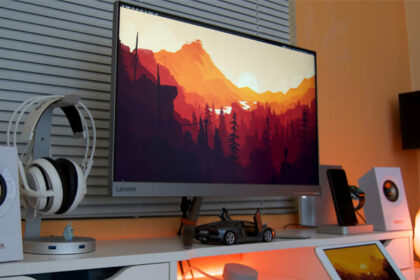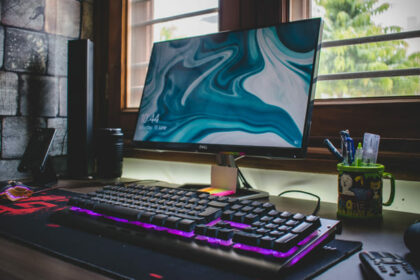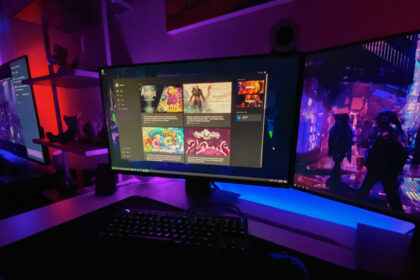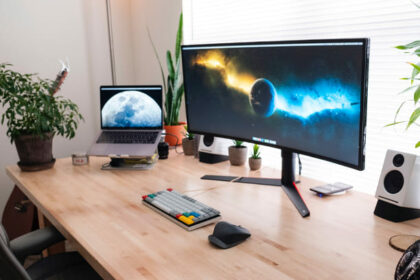Playing on at least 120Hz is quite common in the gaming community, with PC gaming and new-gen consoles, and it’s probably fair to say that nearly every semi-serious gamer has at least a 144 Hz screen. The best gaming monitors now even boast 240 Hz and above.
However, the story is completely different when it comes to gaming TVs.
This is most probably due to most decent gaming TVs being around the 60 Hz mark — and even these can cost quite a bit of money. Some even go into the thousands of dollar range.
However, let’s say that you have just found out that your TV can run on 120Hz or you just bought a 120Hz gaming TV that you want to hook up to your gaming PC to play your favorite game on a larger screen at a higher frequency, but you don’t know how exactly to do that.
In this short but comprehensive guide, I will show you how to get 120Hz on a TV from your PC.
Also Read: How to Overclock Refresh Rate
Get the Right Cables

First and foremost, ensure that you have the correct cables for the job. In case you have a very old HDMI cable, chances are that it is only compatible for up to 60 Hz. Therefore, you would need at least an HDMI 2.0 so that it can display 120 Hz on your TV.
In case you have a single-link DVI cable or a DVI to HDMI adaptor, you will only be able to achieve this frequency at a 1280 x 720p quality.
In order to get 120 Hz at 1920 x 1090, you will need a dual-link DVI cable or an HDMI 2.0.
How to Get 120 Hz on a TV From a PC – Step-By-Step

Now that you have the right cables, it is time for me to show you how to get 120 Hz on your TV from your PC.
Note: If you currently have a monitor running at that frequency, literally, unplug the HDMI cable from your monitor and plug it into the TV. That should do the job.
In case you don’t, feel free to follow the steps from below.
- Get a long-enough HDMI 2.0 cable and plug it in your the relevant TV port (usually, this port would be on the backside of the TV; either the left or the right-hand side).
- The opposite end of the HDMI cable will go into your PC. To be more specific, it should go directly into your HDMI 2.0 port in your GPU.
Note: If you have an older GPU, there may not be an HDMI 2.0 port.
3. Once it’s all set up, you should see your desktop on your gaming TV.
4. Right-click on your desktop > Display Settings > Advanced Display Settings (located on the very bottom of that page) > choose your display (the TV) > Click on display adapter properties.
5. Click on the “Monitor” tab.
6. Select your desired screen refresh rate from the drop-down menu.
7. Click Apply
And there you go. You can now play on your TV in 120 Hz while using your PC to power up the graphics. Bare in mind that you might need a more powerful PC if you desire decent resolution at 120 Hz.









